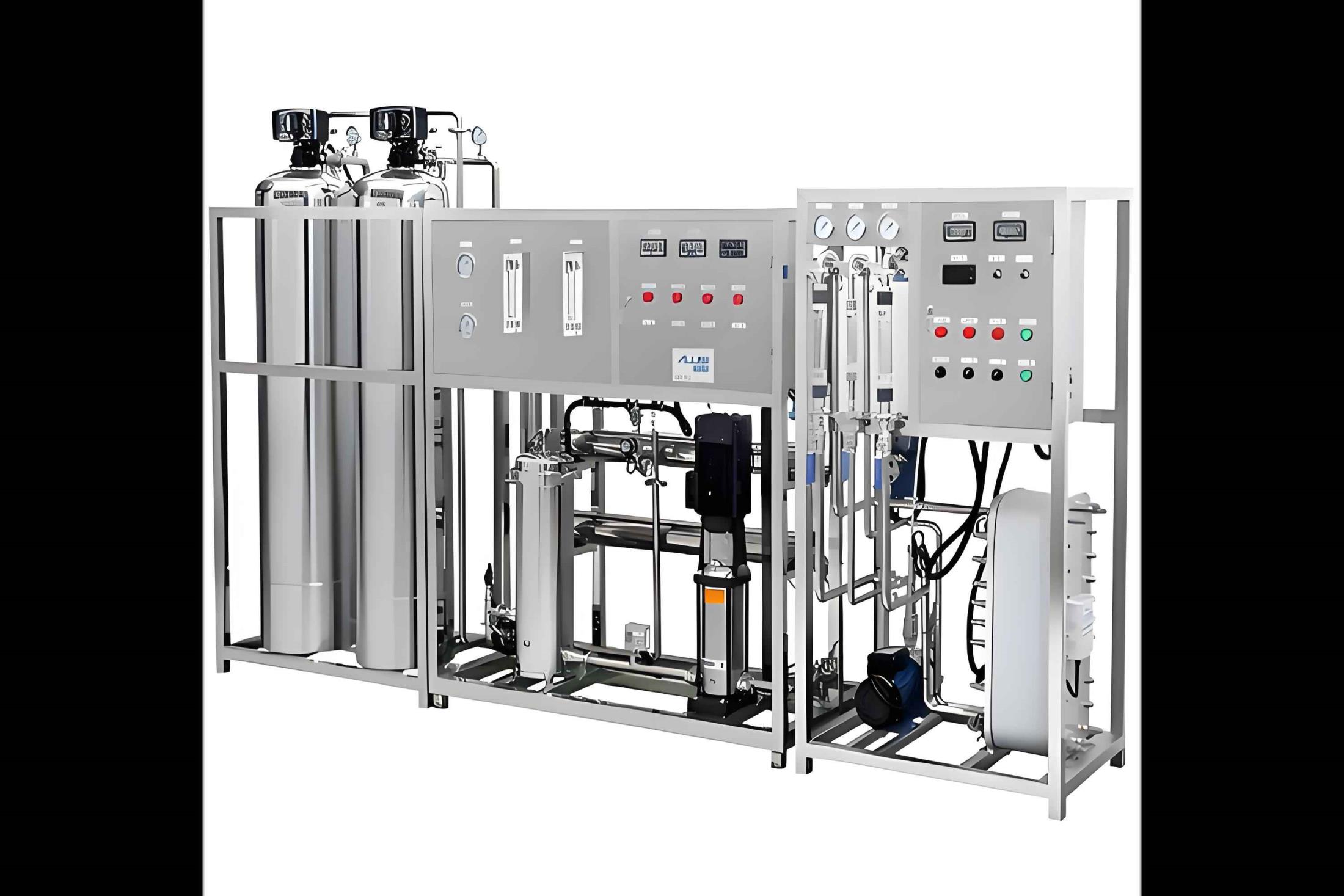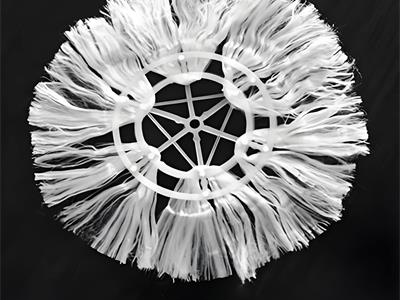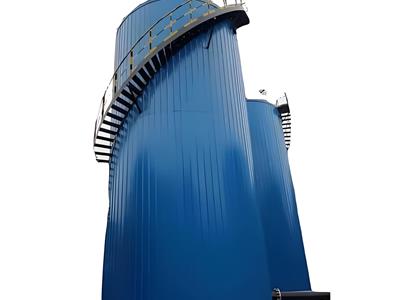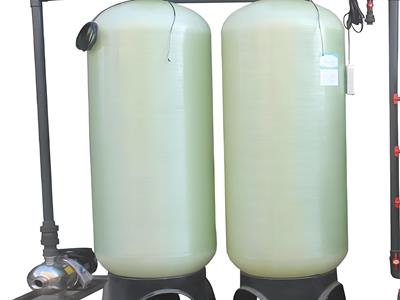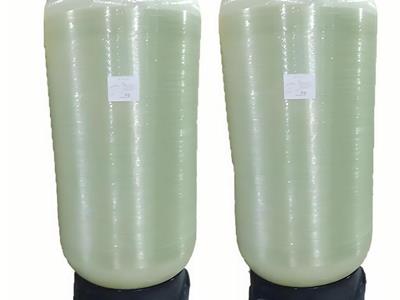- 2025-07-22
SDI Water Treatment
Process principle
SDI (silt density index) water treatment technology aims to reduce the content of suspended solids, thereby improving water quality and preventing scaling of membrane systems. The core of this technology lies in the accurate determination of SDI value - this parameter quantifies the concentration of colloids and particles in the water body, directly reflects the pollution risk of reverse osmosis (RO) and nanofiltration (NF) systems, and is the key basis for membrane system design and selection.
In reverse osmosis applications such as seawater desalination, SDI value is also used as a core indicator to evaluate the compatibility of feed water and membrane elements, and can identify the material components that contribute most to membrane pollution.
Core application of SDI
As a standard test method for large water treatment plants, SDI provides a reliable prediction of the probability of membrane pollution in RO/NF systems through standardized testing equipment.
Challenges
Suspended solids are the main threat to the stable operation of reverse osmosis systems. Although the system is generally equipped with pretreatment processes, fine particles can still cause irreversible pollution of membrane elements. The SDI value is a direct indicator for assessing such pollution risks.
Solution
SDI control technology
High SDI value indicates deterioration of water quality, and media filtration is the basic process to reduce this indicator. For high turbidity surface water, an enhanced pretreatment solution combining pre-screening and multi-stage filtration is required.
Media filtration
Sand filtration systems can effectively intercept organic impurities, and the filter media gradation determines the final filtration accuracy. When the influent suspended solids concentration exceeds 100ppm, the filtration rate should be reduced and periodic backwashing should be implemented (pressure difference increases significantly or is triggered according to operation and maintenance procedures).
Ultrafiltration pretreatment
Ultrafiltration (UF) systems can stably control SDI at an extremely low level (usually <3), providing ideal inlet conditions for subsequent RO/NF processes. This technology efficiently removes salts, sand particles, hardness substances and soluble solids through integrated membrane separation, significantly extending the service life of RO/NF membranes and reducing the frequency of chemical cleaning.
Advantages
High temperature resistant filtration systems and modular shell design bring significant benefits to reverse osmosis pretreatment, industrial water treatment and wastewater reuse: larger effective filtration area improves processing capacity, and optimized structural design reduces core replacement costs and environmental footprint, which has gradually become one of the standard configurations for industrial water treatment.

